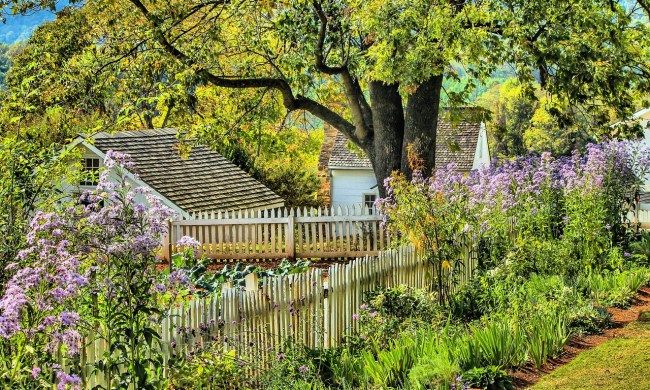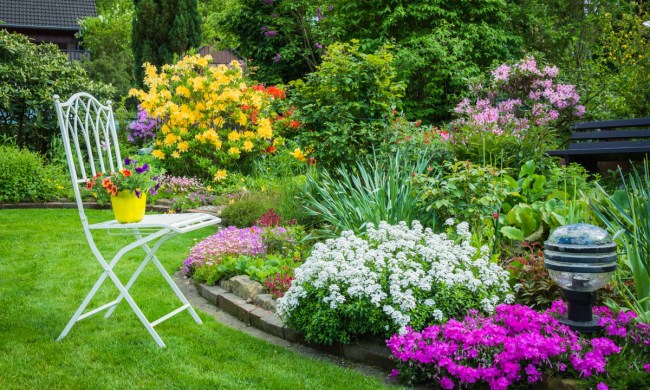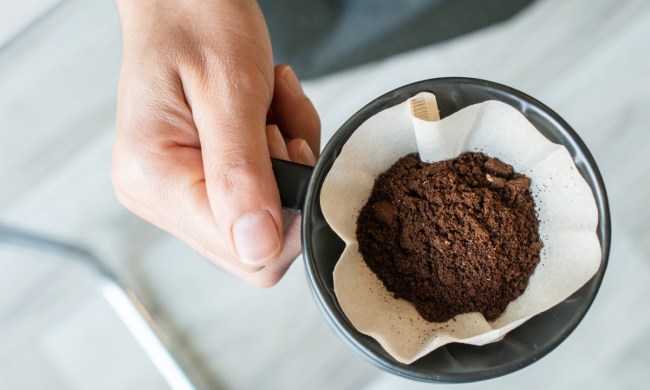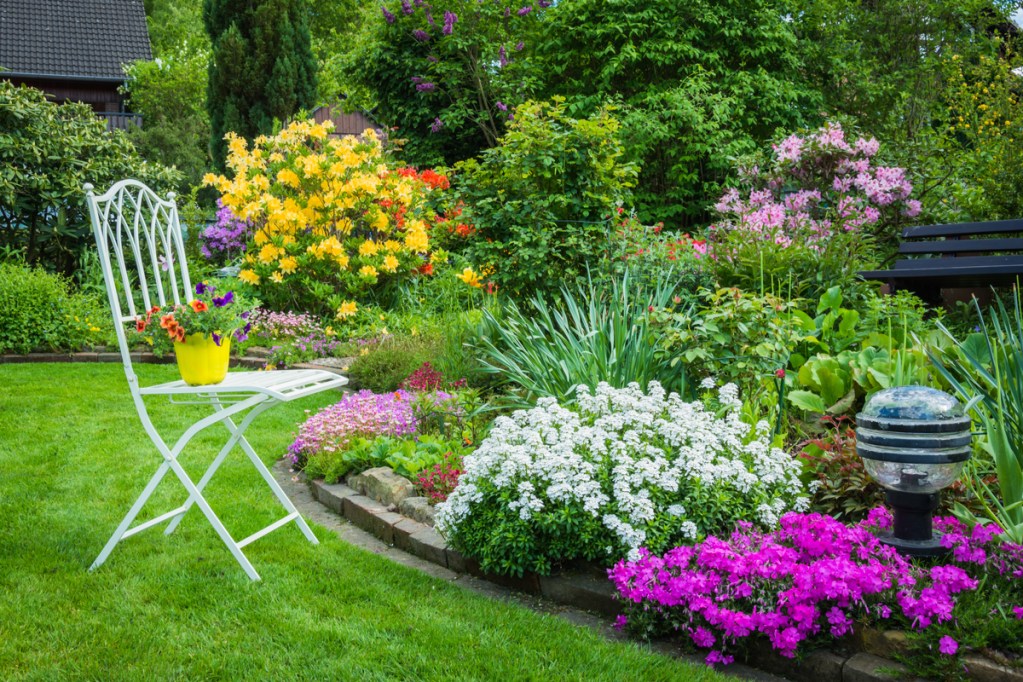
Gardening is a lot of work, but it can be well worth it if you do a little homework before you start digging. If you want your flower beds and garden to bloom for longer than a few weeks, you can’t just plant seeds without care and expect long results. In fact, many perennial plants have relatively short flowering seasons, leaving your garden looking a little bare for a good portion of the summer. And after all that work, there is nothing worse than looking at a bare garden. So, how do you get your garden to look gorgeous all summer? Plant perennials that bloom all summer long.
We’ve pulled together a list of perennials that will boast beautiful blossoms throughout the entire summer and return year after year with an abundance of color and fragrance. For a more interesting-looking flower bed, be sure to incorporate a variety of heights, a cohesive color scheme, and flowering plants that thrive in varying amounts of sunlight. Check out the recommendations below to build long-lasting floral arrangements you can enjoy for months on end.
What are perennials?

Perennials are plants that live for more than two years, regrowing from their roots each spring. Unlike annuals, which complete their life cycle within a single growing season, perennials persist year after year. They often bloom for a specific period each year, showcasing colorful flowers and foliage.
The term “perennial” encompasses a diverse range of plant types, including flowers, herbs, vegetables, and shrubs, offering various textures, colors, and sizes for you to choose from. Their ability to return year after year makes them a popular choice in flower gardens, providing reliable beauty and structure to outdoor spaces with minimal maintenance.
Perennials by height
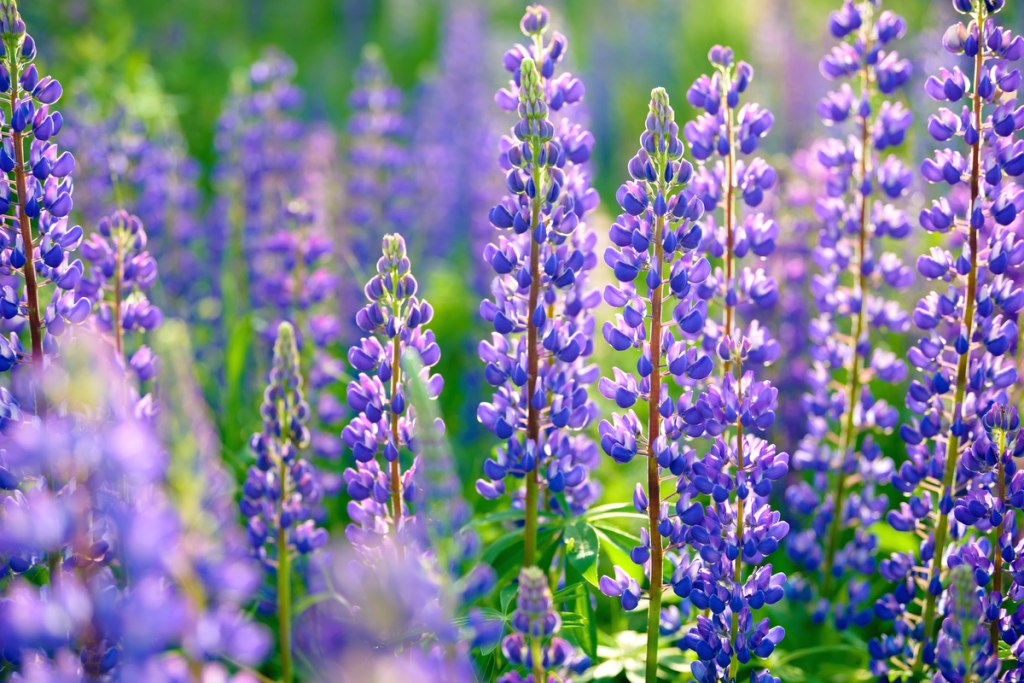
Tall perennials
Tall perennial plants prevent your garden from looking too uniform and crowded. Be sure to place them in the back or in an area where they won’t block other plants. A few of our favorites include the following.
Blue lupine
With their intense blue color and tall, conical flowers, blue lupine will add color to your garden all summer long. Just sow the seeds in small pots this summer, then plant them in your garden next year to enjoy long-lasting blossoms for years to come.
Yellow hollyhocks
Growing up to 48 inches high, yellow hollyhocks add months of sunny, golden hues to your yard.
Stella de Ora daylily
As the name suggests, the blooms on this perennial last just one day. Don’t fret — a new one will replace it the very next day, guaranteeing a whole season’s worth of color and beauty.
Short perennials
Not a lot of space in your garden? Enjoy the beauty of flowering perennials with these smaller-scale plants that still deliver an abundance of brilliant hues. If you do have a lot of room, use shorter perennials to layer the look of your garden.
Dianthus
With gorgeous blooms in shades of white, red, and pink, this alpine plant is super easy to grow from seeds and is drought tolerant, making it great for arid climates.
Shasta daisy
The Shasta daisy is very low maintenance and easy to grow, so amateur gardeners can plant and care for these blossoms without breaking a sweat. Plus, the pretty white flowers will bloom from mid-spring all the way through October!
Ground cover perennials
Ground cover perennials add color, minimize soil erosion, and prevent pesky weeds, making them ideal to adorn your garden, walkway, or flower border. Incorporating these plants into your garden can also fill any sparse or bare areas of your lawn. These types of plants also work well for rock gardens and areas that don’t get a ton of water naturally.
Lily of the valley
You’ll be hard-pressed to find a better low-growing perennial than the lily of the valley. These snowy white, bell-shaped blossoms are obviously beautiful to look at, and they’re some of the sweetest-smelling flowers as well.
Sedum “Dragon’s Blood”
With its vibrant red color, this plant offers year-round beauty in your garden, with pretty rosette flowers that can even peek out from beneath the winter snow.
Perennials by sun requirements
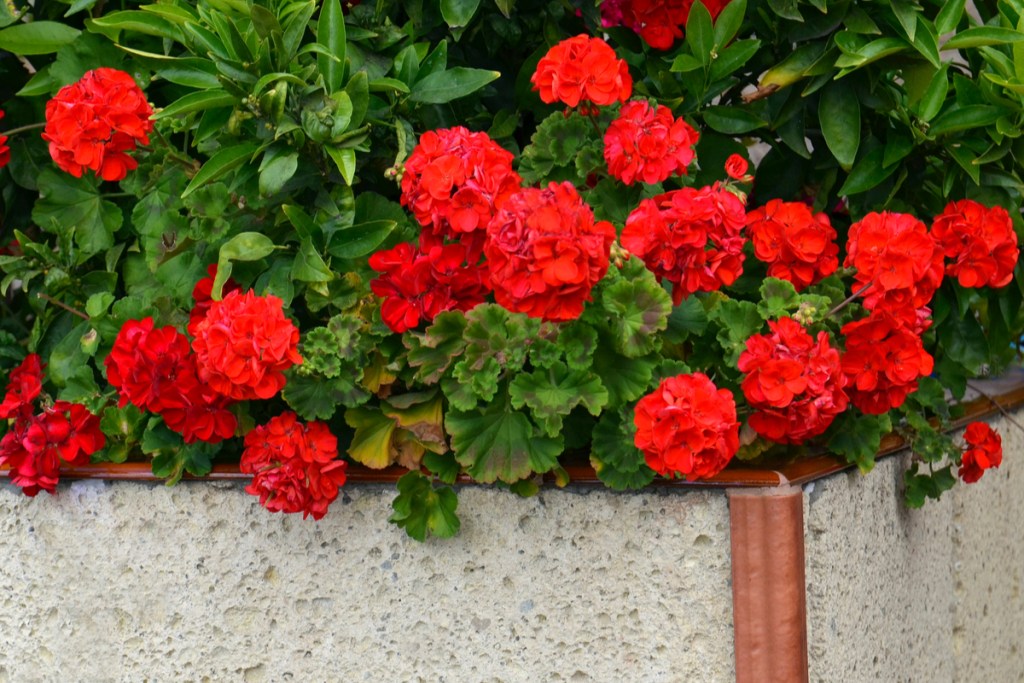
Adding variety to your garden ensures that one too-shady or too-sunny season doesn’t destroy your whole arrangement. Additionally, knowing what circumstances your flowers thrive under will help you with planning so you don’t accidentally place sun-loving plants in a shady corner of the yard.
Full sun
A certain amount of sun is a key component for any healthy plant, but some perennial plants do best when they are baked in sunlight all day long.
Geraniums
Geraniums bloom brilliantly from June through October and come in an array of colors. Further, many species are resistant to deer and rabbits, so you won’t need to worry about pest damage.
Coreopsis
Great as a border accent, the bright colors of this daisy-like, sun-loving plant will attract beneficial bees and butterflies to your garden during the summertime.
Partial sun
Some perennials thrive with both sun and shade, so if your garden that can deliver both, add partial shade plantings for an all-season color show!
Summer Crush hydrangea
With its shrub-like appearance, this flowering perennial will sprout bright pink blooms year-round.
Full shade
If you prefer spending your summer days lounging in the shade, check out these long-blooming perennials that feel the same way.
Hostas
One of the most popular shade-loving perennials, hostas have towering lilac petals shaped in small bulbs that add a little variety to the shape of your garden’s foliage.
Bugleweed
These deep blue flowers are sure to brighten up even the shadiest parts of your garden. We recommend planting them against dark green foliage to really make the blooms pop.
With a bit of planning, you can create a beautiful garden that will deliver color, dimension, and fragrance from early summer to the beginning of fall. And, like summer itself, your perennial garden will return each year without you having to lift a finger. So get out there and start experimenting, keeping our tips in mind, of course.

